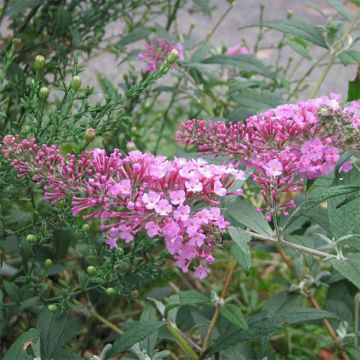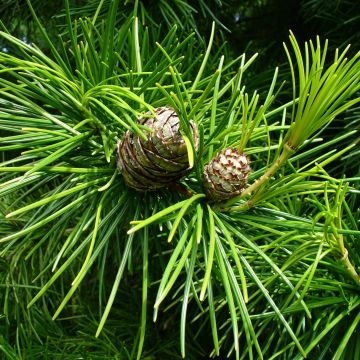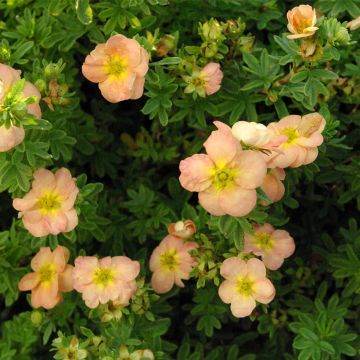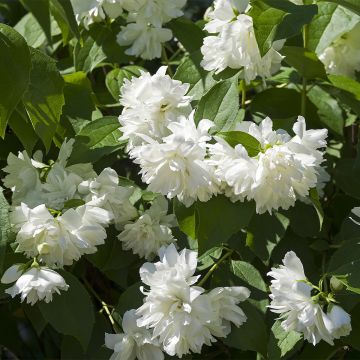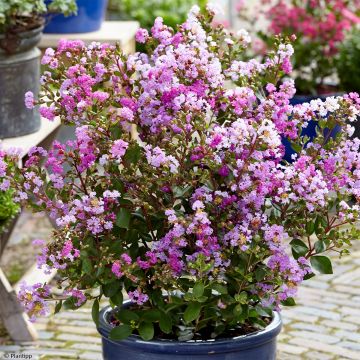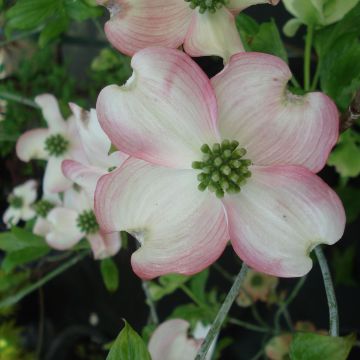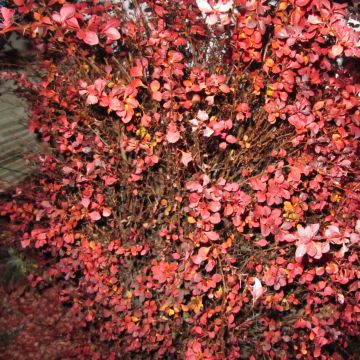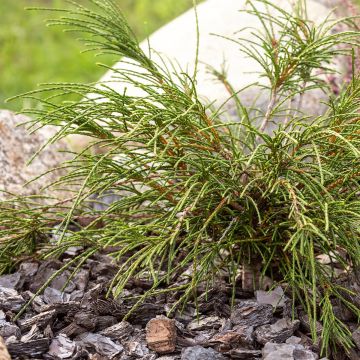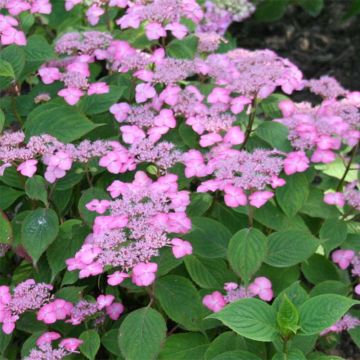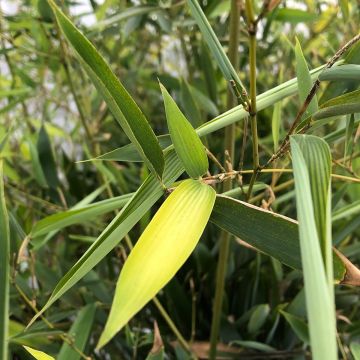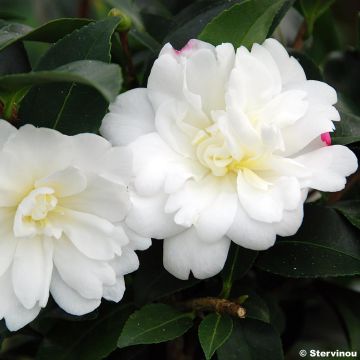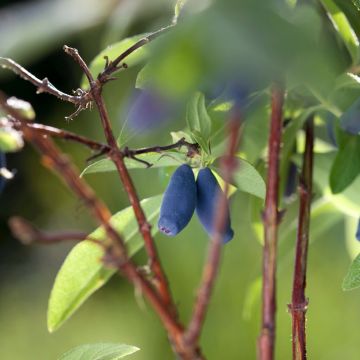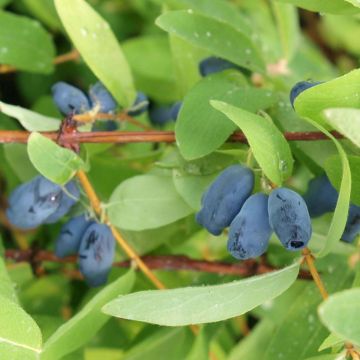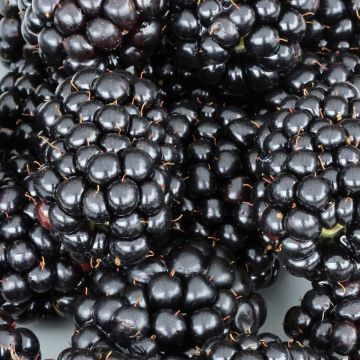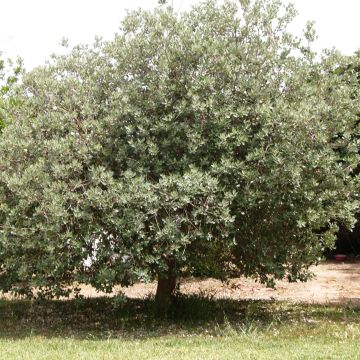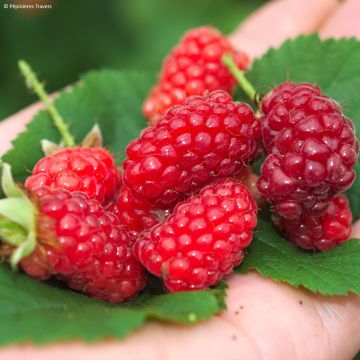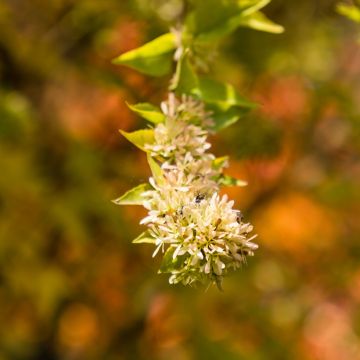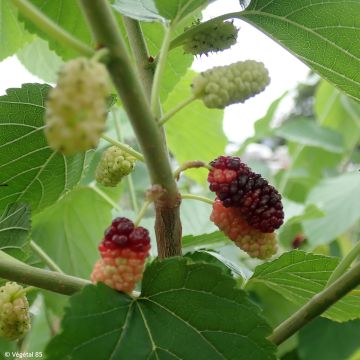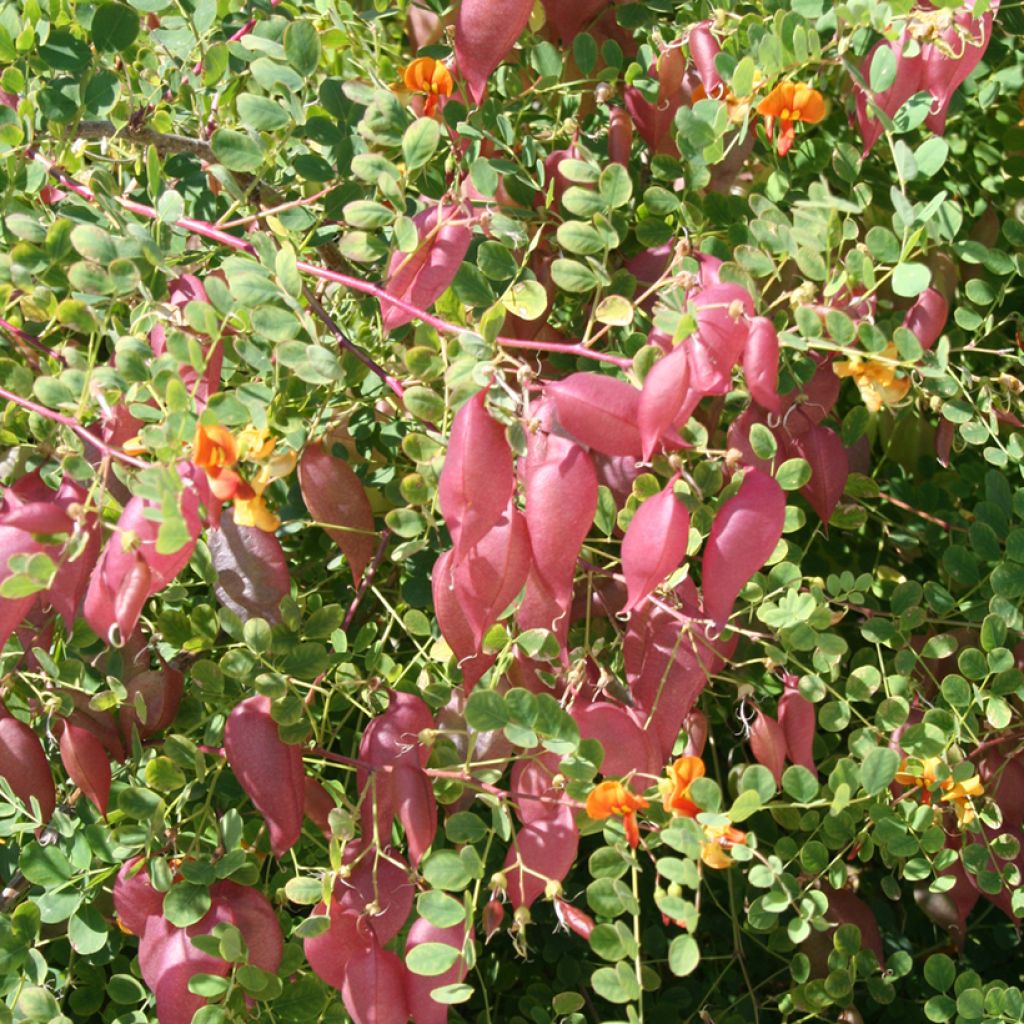

Colutea media Copper Beauty - Baguenaudier, Arbre à vessies
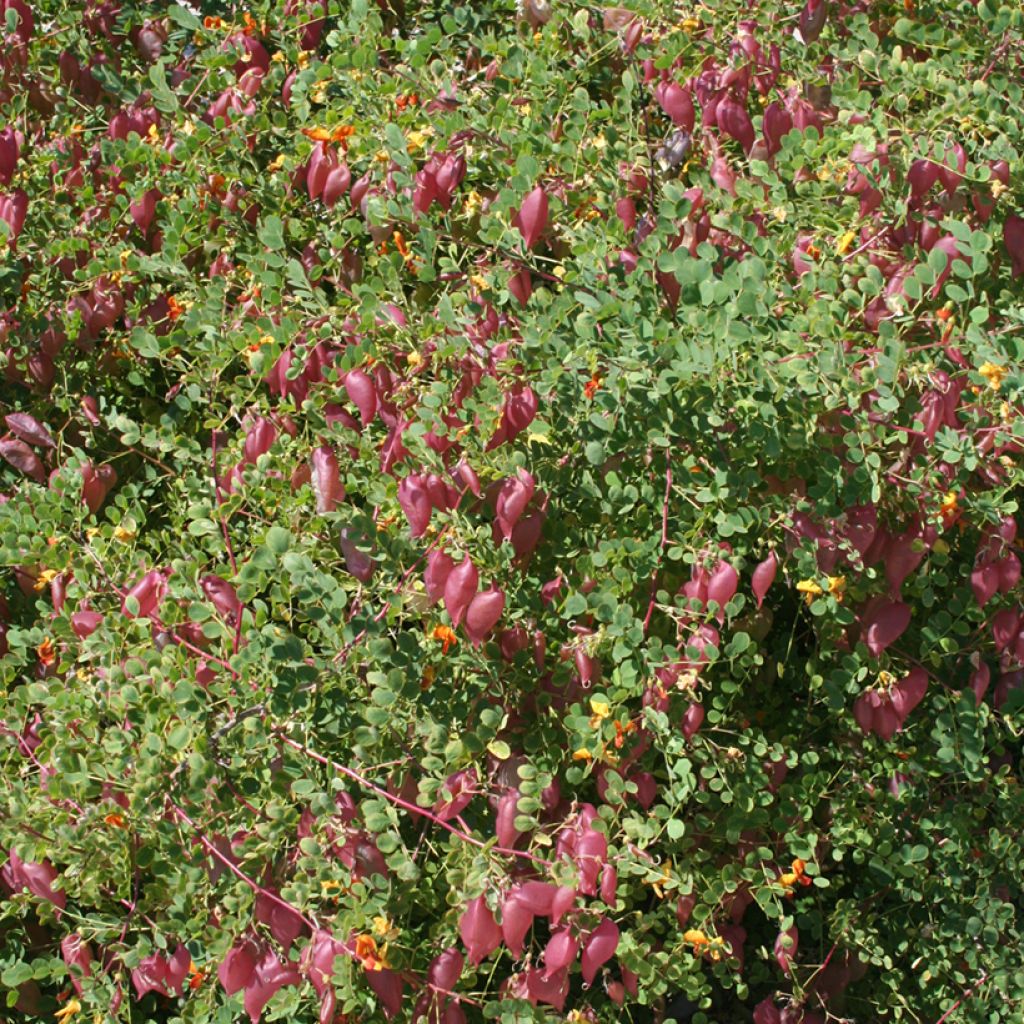

Colutea media Copper Beauty - Baguenaudier, Arbre à vessies
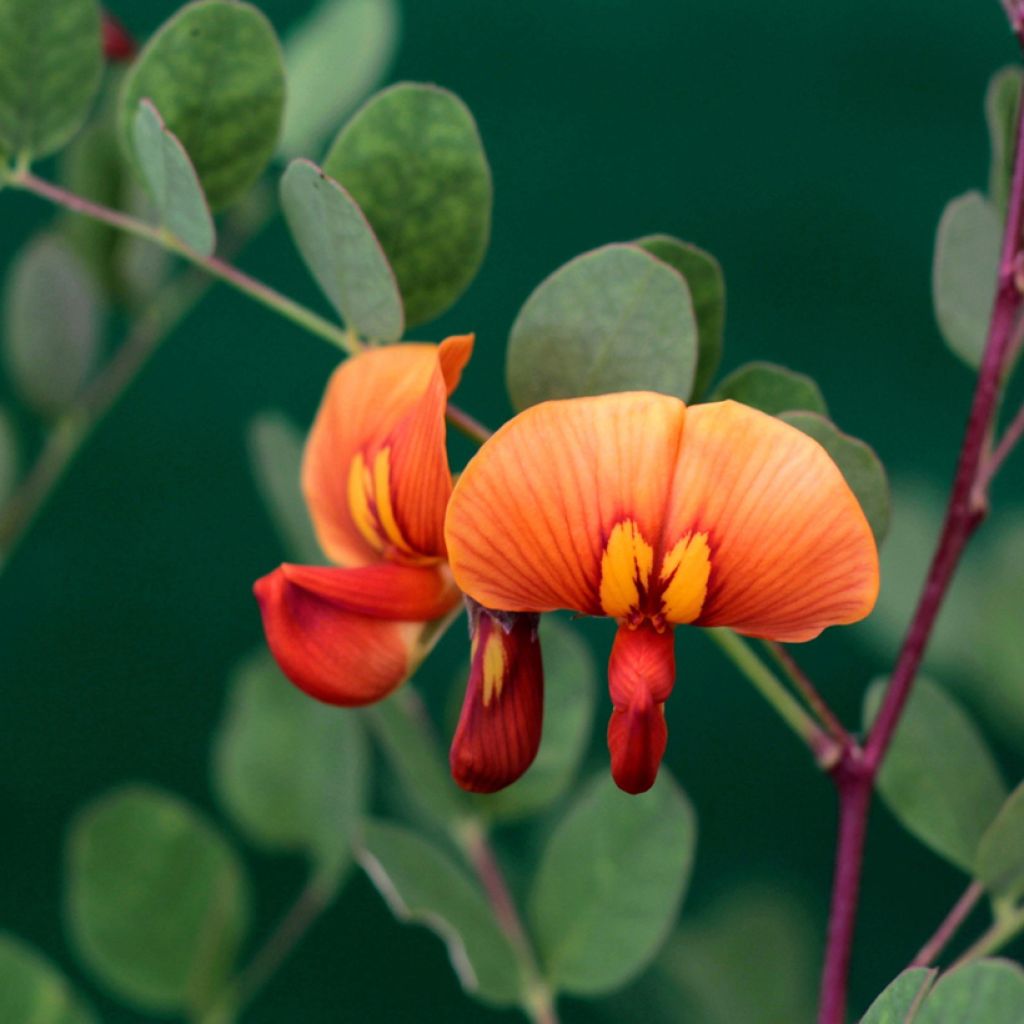

Colutea x media Copper Beauty - Baguenaudier, Arbre à vessies
Colutea media Copper Beauty
Colutea x media Copper Beauty
Bladder Senna
This item cannot be shipped to the selected country
Delivery charge from €5.90
More information
Schedule delivery date,
and select date in basket
This plant carries a 24 months recovery warranty
More information
We guarantee the quality of our plants for a full growing cycle, and will replace at our expense any plant that fails to recover under normal climatic and planting conditions.
From €5.90 for pickup delivery and €6.90 for home delivery
Express home delivery from €8.90.

Does this plant fit my garden?
Set up your Plantfit profile →
Description
Colutea x media Copper Beauty is a variety of hybrid Bladder Senna with a beautiful copper-orange flowering. It blooms from spring to summer in the form of clusters of papilionaceous flowers. Robust and easy to grow in any well-drained soil, this bush will thrive even in a dry garden.
Colutea x media Copper Beauty belongs to the Fabaceae family. This bush is the result of cross-breeding between Colutea arborescens, the common Bladder Senna native to southern Europe and North Africa, and C. orientalis, the Bladder Senna native to the Levant in the Near East. These two species grow spontaneously in rocky places, on limestone soils, among shrubs and dryland bushes.
Its growth is quite fast and its mature size will reach between 1.75 to 2m (6 to 7ft) in height, with a nearly equivalent spread. Its habit is bushy, upright, and well-branched during its early years, before becoming bare at the base and forming a small trunk supporting a bushy crown. Its branches bear deciduous leaves divided into 7 to 13 leaflets, oval or elliptical in shape, strongly veined, glabrous, and bluish-green in colour. Its flowering begins in April-May in warm climates, a little later in cooler areas. It continues to flower until the end of summer. The inflorescences are axillary racemes, a kind of small bouquet of papilionaceous flowers (up to 5 flowers) born at the axils of the leaves. The flowers are orange, marked with 2 yellow spots surrounded by copper-red at the base, and attract pollinating insects. This flowering is followed by the formation of translucent and swollen pods, 5 to 7cm (2 to 3in) long, changing from green-yellowish to coppery pink-red to brown at ripeness. The root system is equipped with nitrogen-fixing nodules found in the air, which are small balls the size of a pinhead often found in plants of the Fabaceae family. This is an adaptation to very poor soils, characteristic of pioneer plants of degraded soils. Another specificity of this bush is that it naturally forms roots from its branches. It is the only plant that hosts the caterpillars of the Blue Argus (Lolana iolas) butterfly in its fruits.
Colutea x media Copper Beauty is not a spectacular plant or of exotic appearance, but it has the advantage of thriving in difficult conditions and being resistant to severe frosts. It remains attractive throughout the summer. It is valuable for gardens with poor or compacted soil. It can be planted in a small hedge (less than 2m (7ft)), together with Coronilla glauca, Cotinus, Lonicera tartarica, Phillyrea angustifolia, or even Pistacia lentiscus (in mild climates). All these low-maintenance bushes are perfect for bringing a touch of whimsy to deprived areas of the garden. For example, you can plant small bushes like Cistus pulverulentus, Helianthemums, or shrubby perennials with summer flowering such as red-flowered Salvias (Royal Bumble, Rêve Rouge, Raspberry Royal) or blue-flowered Salvias (Victoria Blue) at its base.
Report an error about the product description
Colutea media Copper Beauty in pictures


Plant habit
Flowering
Foliage
Botanical data
Colutea
x media
Copper Beauty
Fabaceae
Bladder Senna
Cultivar or hybrid
Other Shrubs A to Z
Planting and care
In cool regions, plant in spring. In warm and dry regions, plant in autumn. Choose a very sunny exposure. Plant it in well-prepared, deeply loosened soil. If your soil tends to be heavy and clayey, dig a 60cm (24in) hole and fill it with a mix of garden soil, coarse sand or gravel, and leaf compost. This bush tolerates limestone in the soil and is satisfied with rainwater, in all regions, once it is well established. During the first two summers, especially in warm and dry regions, it is necessary to monitor watering, which should be plentiful but spaced out. It is not demanding in terms of soil, but prefers well-drained or rocky soils. It will withstand severe frost below -15°C (5°F) once established. Avoid pruning this bush, as pruning may cause it to wither. Similarly, avoid moving it, as transplanting this family of plants (Fabaceae) is often difficult due to their deep root system. Long-term cultivation in pots is not recommended. However, it can be considered in a large container filled with compost and sand, which should be enriched every year. In pots, watering should be more abundant.
This bush has few enemies in open ground, except for excessively wet soils that can harm its roots. A soil that is too fertile, as is generally the case with Fabaceae, will favour foliage development at the expense of flowering.
Planting period
Intended location
Care
-
, onOrder confirmed
Reply from on Promesse de fleurs
Hedge shrubs
Haven't found what you were looking for?
Hardiness is the lowest winter temperature a plant can endure without suffering serious damage or even dying. However, hardiness is affected by location (a sheltered area, such as a patio), protection (winter cover) and soil type (hardiness is improved by well-drained soil).

Photo Sharing Terms & Conditions
In order to encourage gardeners to interact and share their experiences, Promesse de fleurs offers various media enabling content to be uploaded onto its Site - in particular via the ‘Photo sharing’ module.
The User agrees to refrain from:
- Posting any content that is illegal, prejudicial, insulting, racist, inciteful to hatred, revisionist, contrary to public decency, that infringes on privacy or on the privacy rights of third parties, in particular the publicity rights of persons and goods, intellectual property rights, or the right to privacy.
- Submitting content on behalf of a third party;
- Impersonate the identity of a third party and/or publish any personal information about a third party;
In general, the User undertakes to refrain from any unethical behaviour.
All Content (in particular text, comments, files, images, photos, videos, creative works, etc.), which may be subject to property or intellectual property rights, image or other private rights, shall remain the property of the User, subject to the limited rights granted by the terms of the licence granted by Promesse de fleurs as stated below. Users are at liberty to publish or not to publish such Content on the Site, notably via the ‘Photo Sharing’ facility, and accept that this Content shall be made public and freely accessible, notably on the Internet.
Users further acknowledge, undertake to have ,and guarantee that they hold all necessary rights and permissions to publish such material on the Site, in particular with regard to the legislation in force pertaining to any privacy, property, intellectual property, image, or contractual rights, or rights of any other nature. By publishing such Content on the Site, Users acknowledge accepting full liability as publishers of the Content within the meaning of the law, and grant Promesse de fleurs, free of charge, an inclusive, worldwide licence for the said Content for the entire duration of its publication, including all reproduction, representation, up/downloading, displaying, performing, transmission, and storage rights.
Users also grant permission for their name to be linked to the Content and accept that this link may not always be made available.
By engaging in posting material, Users consent to their Content becoming automatically accessible on the Internet, in particular on other sites and/or blogs and/or web pages of the Promesse de fleurs site, including in particular social pages and the Promesse de fleurs catalogue.
Users may secure the removal of entrusted content free of charge by issuing a simple request via our contact form.
The flowering period indicated on our website applies to countries and regions located in USDA zone 8 (France, the United Kingdom, Ireland, the Netherlands, etc.)
It will vary according to where you live:
- In zones 9 to 10 (Italy, Spain, Greece, etc.), flowering will occur about 2 to 4 weeks earlier.
- In zones 6 to 7 (Germany, Poland, Slovenia, and lower mountainous regions), flowering will be delayed by 2 to 3 weeks.
- In zone 5 (Central Europe, Scandinavia), blooming will be delayed by 3 to 5 weeks.
In temperate climates, pruning of spring-flowering shrubs (forsythia, spireas, etc.) should be done just after flowering.
Pruning of summer-flowering shrubs (Indian Lilac, Perovskia, etc.) can be done in winter or spring.
In cold regions as well as with frost-sensitive plants, avoid pruning too early when severe frosts may still occur.
The planting period indicated on our website applies to countries and regions located in USDA zone 8 (France, United Kingdom, Ireland, Netherlands).
It will vary according to where you live:
- In Mediterranean zones (Marseille, Madrid, Milan, etc.), autumn and winter are the best planting periods.
- In continental zones (Strasbourg, Munich, Vienna, etc.), delay planting by 2 to 3 weeks in spring and bring it forward by 2 to 4 weeks in autumn.
- In mountainous regions (the Alps, Pyrenees, Carpathians, etc.), it is best to plant in late spring (May-June) or late summer (August-September).
The harvesting period indicated on our website applies to countries and regions in USDA zone 8 (France, England, Ireland, the Netherlands).
In colder areas (Scandinavia, Poland, Austria...) fruit and vegetable harvests are likely to be delayed by 3-4 weeks.
In warmer areas (Italy, Spain, Greece, etc.), harvesting will probably take place earlier, depending on weather conditions.
The sowing periods indicated on our website apply to countries and regions within USDA Zone 8 (France, UK, Ireland, Netherlands).
In colder areas (Scandinavia, Poland, Austria...), delay any outdoor sowing by 3-4 weeks, or sow under glass.
In warmer climes (Italy, Spain, Greece, etc.), bring outdoor sowing forward by a few weeks.

































